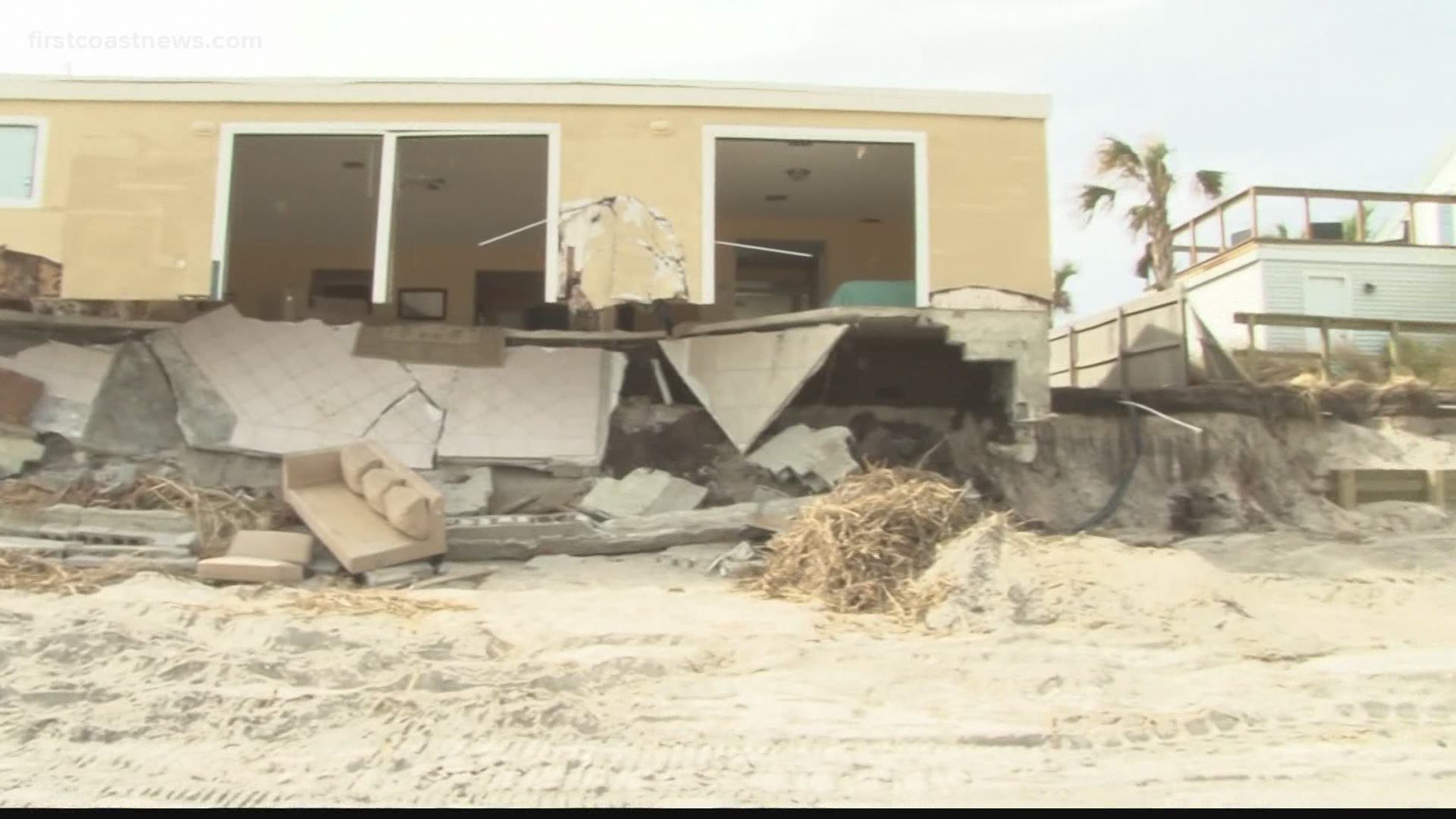ST. JOHNS COUNTY, Fla. — It’s already a busy hurricane season in an already unforgettable year.
For perspective, in 2017 when Hurricane Irma blasted the First Coast, the eighth hurricane of the year – Harvey – made landfall in Texas on Aug. 26. In 2020, the eight hurricane – Hanna – is making landfall, also in Texas, exactly one month earlier.
And if one needs an explanation as to why 2020 has been unforgettable, they’re probably just waking up from a New Year’s Eve nap.
As the COVID-19 pandemic continues to demand social distancing and so many other measures to avoid contagion, a hit from a hurricane would force many First Coasters into shelters and the fear of close proximity with many others.
But directors of emergency management in Nassau and St. Johns counties assure there will be plenty of space and safety to accommodate social distancing guidelines from the CDC.
“It’s safer to come to a shelter than to stay in their homes and ride out the storm,” interim St. Johns County Emergency Management Director Joe Giammanco said in an interview with First Coast News.
To illustrate, Giammanco said St. Johns County has 15 shelters in all, and that during Hurricanes Matthew and Irma the county only used eight and six respectively.
Giammanco said St. Johns County has space for about 8,000 evacuees, and that in any storm comparable to Matthew or Irma, there would be plenty of existing options to give shelter visitors the 60 square feet of space recommended by the CDC.
“When it comes to social distancing, we can now open more shelters to spread out people if we need to,” Giammanco said.
Should St. Johns County need more space, Giammanco said hotel space could be an option. He also said if all the available hotel rooms are in evacuation zones, “We also have the ability to reach out to other counties to help.”
Giammanco’s counterpart in Nassau County, Greg Foster, is also optimistic.
“I am generally confident that if we have a full-scale evacuation, that we will have enough sheltering space," Foster said.
Even if by different numbers. Foster told First Coast News that Nassau County’s capacity was initially reduced about two-thirds by the pandemic, but that measures are being taken to add space that brings the county back to its usual capacity of about 5,500.
And, like St. Johns County, Foster says Nassau has only ever needed a fraction of what it has in place.
“The closest that we came was during Hurricane Irma, we actually had around 1,400 shelterees,” he said.
That’s barely 25 percent of capacity.
Both directors said their departments will implement measures to identify and isolate evacuees who are sick, such as taking temperatures and asking screening questions upon entry. They also have cleaning protocols and will provide hand sanitizer stations.
Despite his confidence, Foster urged that people try to establish alternate sheltering options, for example with friends or family, even if it means the possibility of quarantining issues on return.
Giammanco summed it up by insisting that people obey evacuation orders, and assured they won’t be trading one danger for another by coming to a shelter.
“Evacuate,” he said. “Don’t be scared of the shelters.”
For information about emergency operations in St. Johns County, call 904-824-5550 or click here.
For information about emergency operations in Nassau County, call 904-548-0900 or click here.

